Cut vs Shape: Navigating the World of Diamonds
A guide to getting you the perfect diamond by helping you pick the right cut and shape.
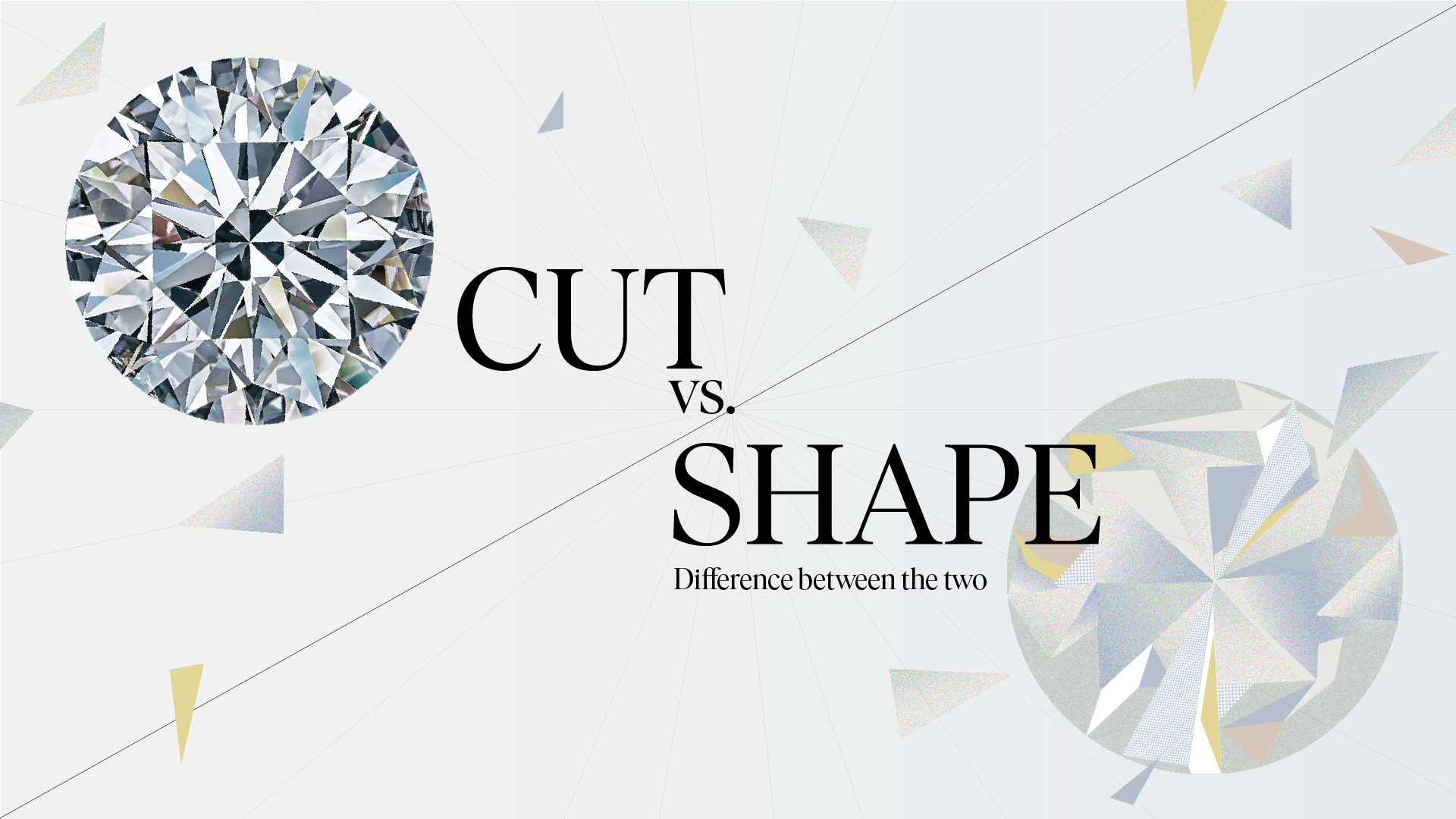
How to Choose the Right Sparkler for You
When it comes to choosing a diamond, most people are familiar with the often quoted ‘4 Cs’ of carat, clarity, cut and colour, as key attributes to consider. Yet, while carat, clarity and colour are somewhat self-explanatory, the cut is potentially the most complex element – at least for the average consumer and those outside the diamond industry – to comprehend.
One of the reasons that diamond cuts are a complex subject for non-professionals is that they involve a highly specialised and technical craft in which extensive calculations and skills are applied to bring out the best qualities of the initial rough stone. Adding to the confusion is the fact that the terms cut and shape are often used interchangeably, leaving consumers confused as to what difference between the two.
With this in mind, the following guide is here to help shed light on this subject so you can easily navigate your way to finding ‘the one’ – the perfect sparkler that speaks to you.
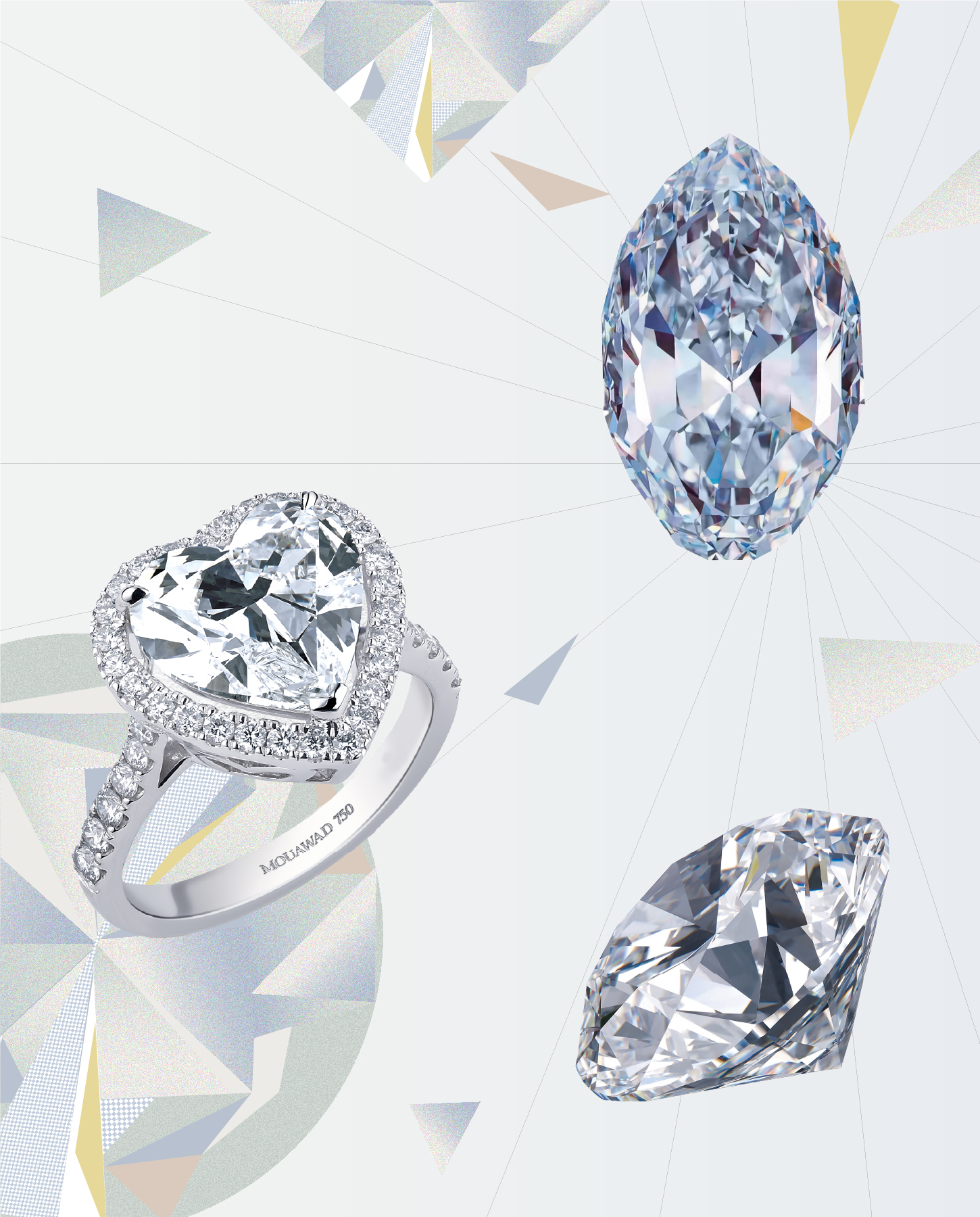
Cutting to the basics
When a master diamond cutter has a rough diamond before them, they will analyse the stone to decide on the cutting style that will bring out its best qualities this rough has to offer. The decision-making that leads to a specific choice of cut will also define the ultimate shape the diamond will take on. And it is specifically because the shape is determined by the cutting style, linking these two in many ways, that often the same word for the cut and the shape may be used.
To help understand the difference between the two, however, it is worth noting one crucial point: a cut can be appraised in terms of its quality by a diamond professional, whereas the shape is simply a descriptor of its appearance or silhouette when being viewed face up.
Of cuts and shapes
Common diamond shapes include round, oval, marquise, pear, octagonal, square, rectangular and heart. Of all these the round diamond, featuring a circular outline and symmetrical appearance, is the most well-known and frequently encountered. It is particularly beloved for being a timeless and classic choice in engagement and wedding rings. However, just because the round is popular, doesn’t mean it has to be your choice.
Current fashion or celebrity trends, your own personal style, or even the setting in which the diamond will be placed may all influence your choice. That’s why it’s useful to take some time to contemplate different diamond shapes and see which one resonates with you the most.
Even if you have your heart set on a particular shape of diamond, it is still essential to pay attention to its cut. Here is where it is useful to understand how the cutting style factors into the diamond’s ability to sparkle. Technically, light enters a diamond through its ‘table’, the largest flat surface on the top of the diamond when it is viewed face-up. It then travels through the diamond and reflects off its interior surfaces, known as its facets.
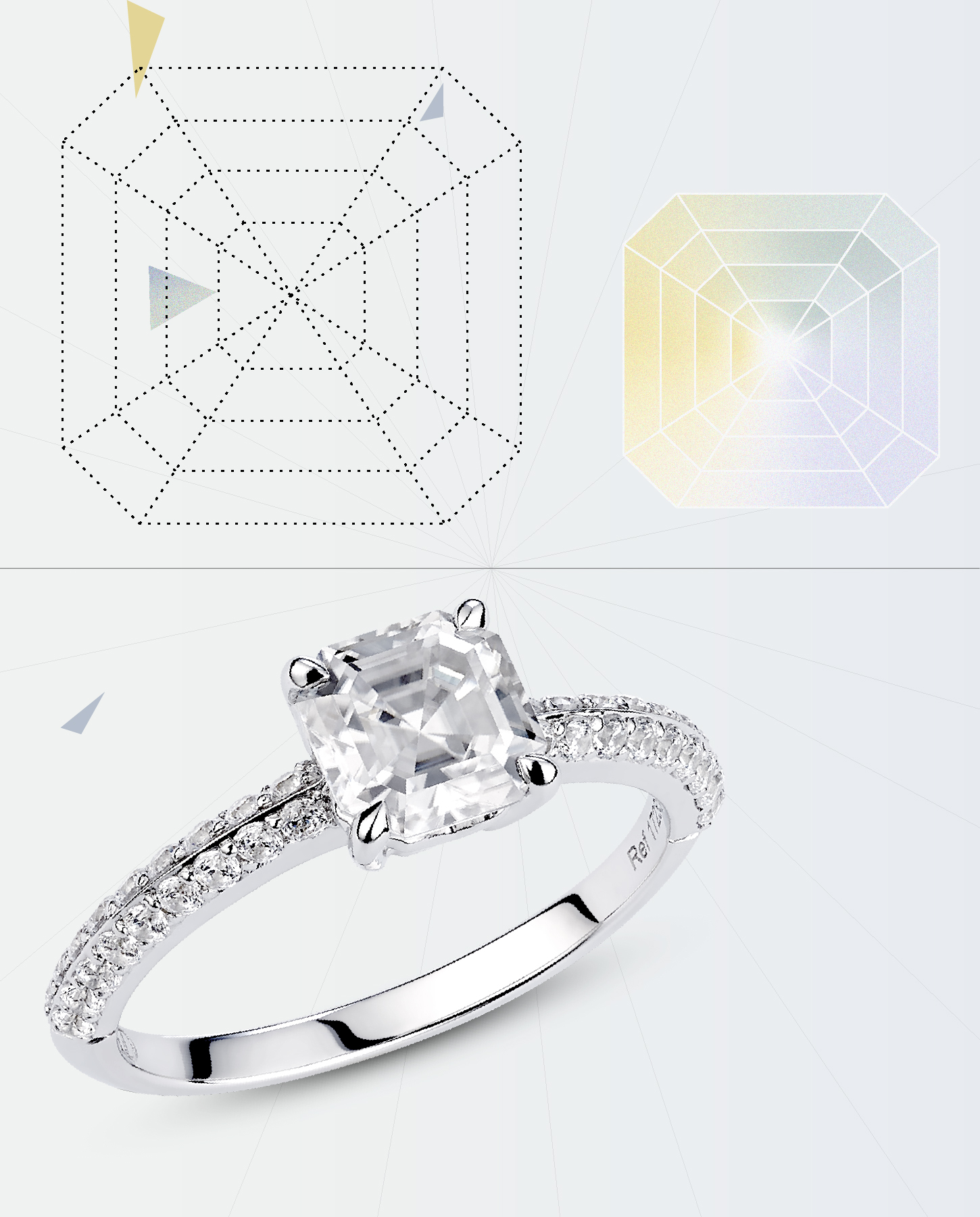
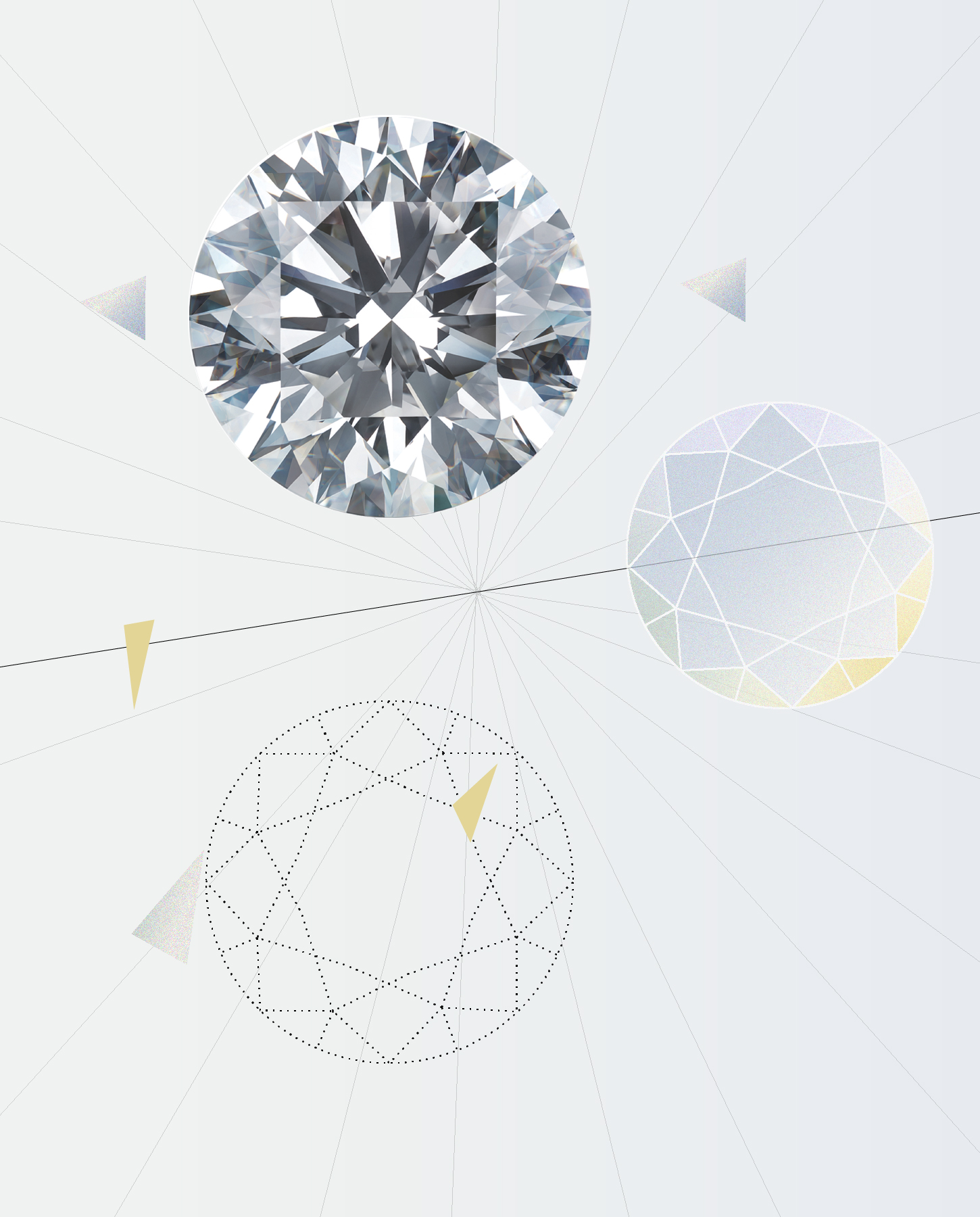
To most of us this effect is often simply referred to as the diamond’s sparkle, but to the diamond expert there are three important factors at play here: brightness or what is sometimes described as brilliance (how the diamond reflects white light), fire (when white light travelling through the diamond disperses into a spectrum of colours) and scintillation (flashes of white and spectral-coloured light that are visible as the diamond or your perspective moves).
The general rule of thumb is that the more facets there are, the more opportunity there is for light to bounce off them and reflect. This helps explain the round diamond’s popularity, as more often than not the cutting style is a brilliant, whose 58 facets are designed to maximise the brightness and fire. It’s not only round diamonds that deliver in this sense: the brilliant cut is also particularly popular with pear, marquise, oval and cushions.
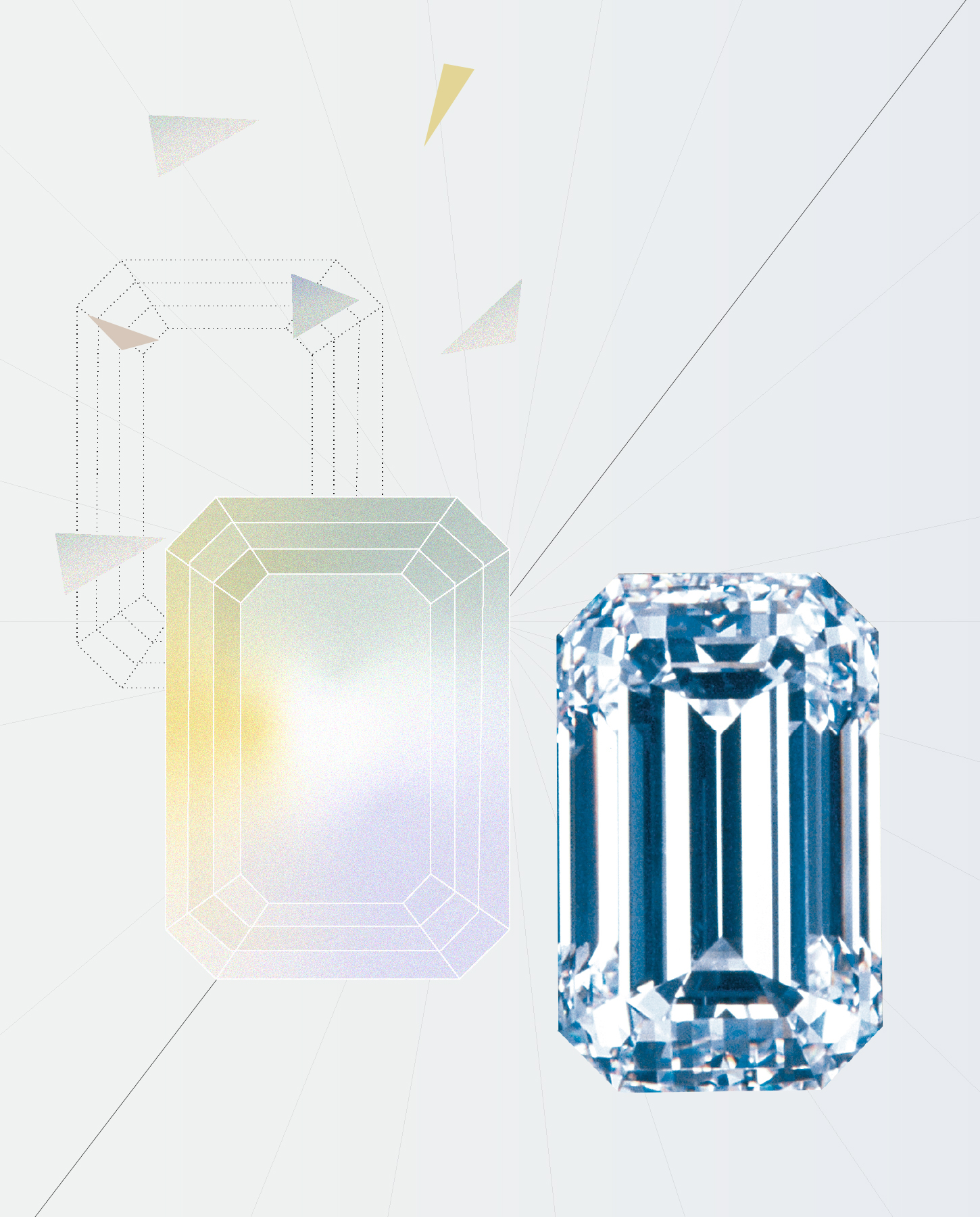
Making the cut
Not everyone has brilliance at the top of their wish-list, however. Consider some of the most iconic engagement rings in history, such as those worn by Grace Kelly and Elizabeth Taylor, and you will find showstopping emerald-shaped diamonds, which have been crafted with a step cut, known for its strong clean lines and very elegant art deco feel. The visual effect created by this cut is sometimes referred to as a “hall of mirrors” because of the reflective pattern its faceting arrangement creates for the viewer.
Emerald cutting styles are usually selected for high clarity diamonds due their large open tables and facets which make inclusions readily visible and potentially reflective in nature. This style of statement ring has enduring popularity, with iconic modern-day celebrities such as Beyonce among its fans.
With the passing of time and innovations in technology, diamond cuts have evolved. Some that are no longer popular, such as the ‘Old Mine’ or ‘Old European’ cut can still be sought after thought by those with an appreciation for diamond-cutting practices of the past when everything was done by hand.
The modern cushion cut, however, offers a way to combine the nostalgic esthetic of an Old Mine cut, seen in its softened square or rectangular silhouette, with brilliant cut faceting, creating brilliance and fire.
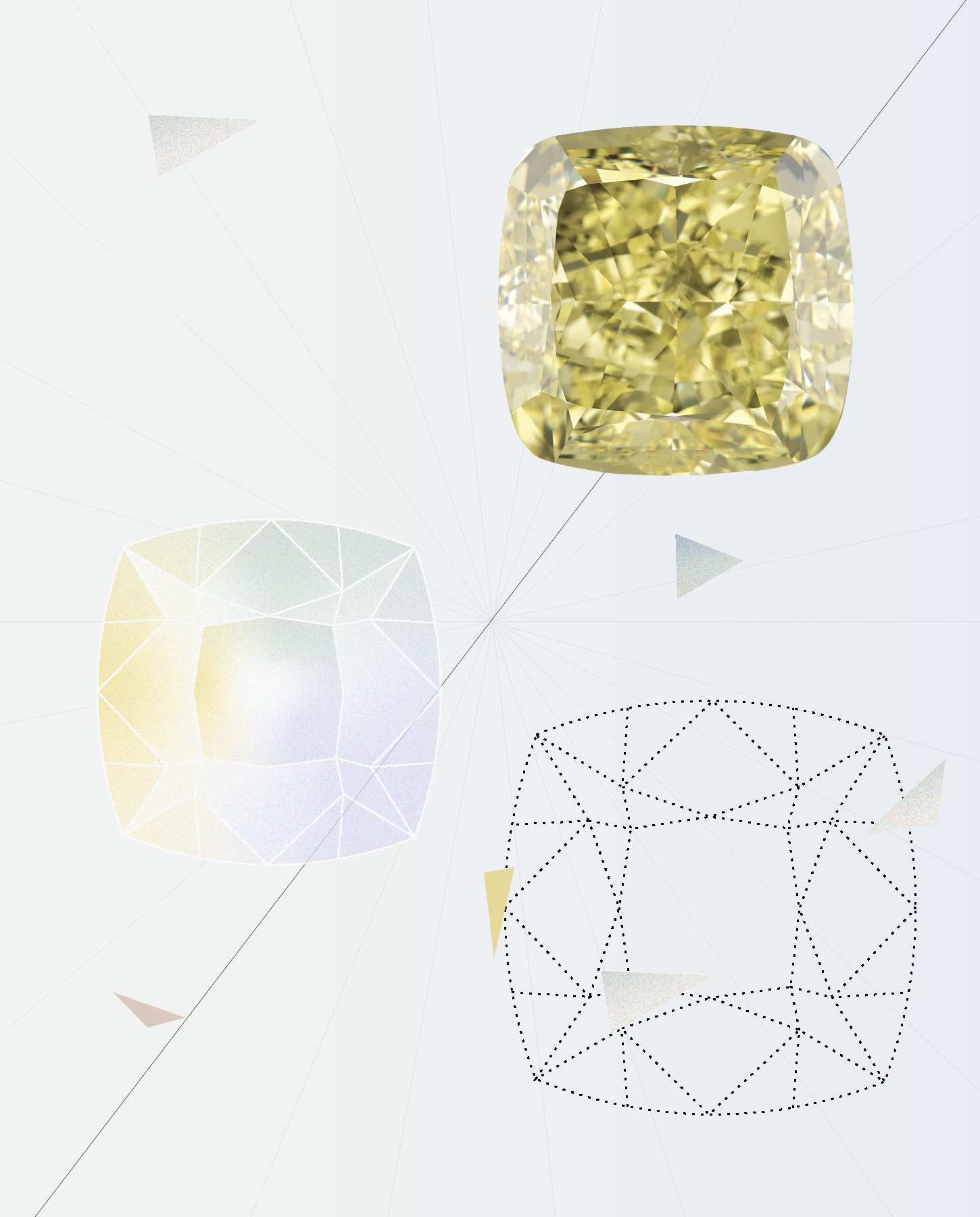
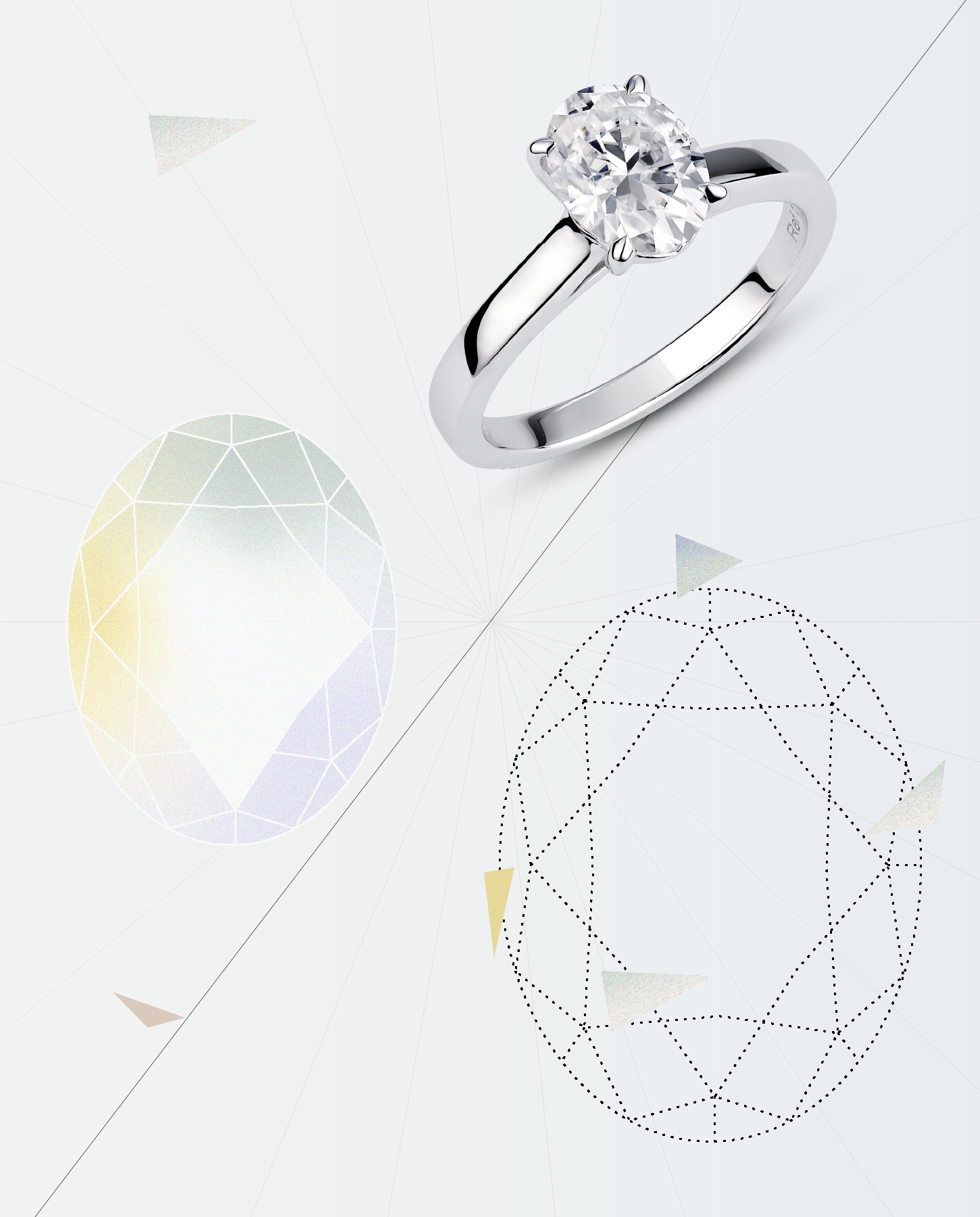
The rose cut is another antique cut that was popular hundreds of years ago, but whose return to vogue in contemporary times is influenced by its vintage appeal. With its fewer facets than a brilliant, rose cut stones emit a soft glow rather than a fiery sparkle.
The right choice
To conclude, a cut will transform a rough stone, unleashing its natural brilliance and fire and giving it its final shape. As a consumer, you should consider how the cut impacts the diamond’s performance beneath the light, both in terms of choice of cutting style and the quality of the cut’s execution. A round diamond with a poor cut, for example, might look dull and lifeless, as opposed to the plentiful sparkle and fire that an excellent cut will yield.
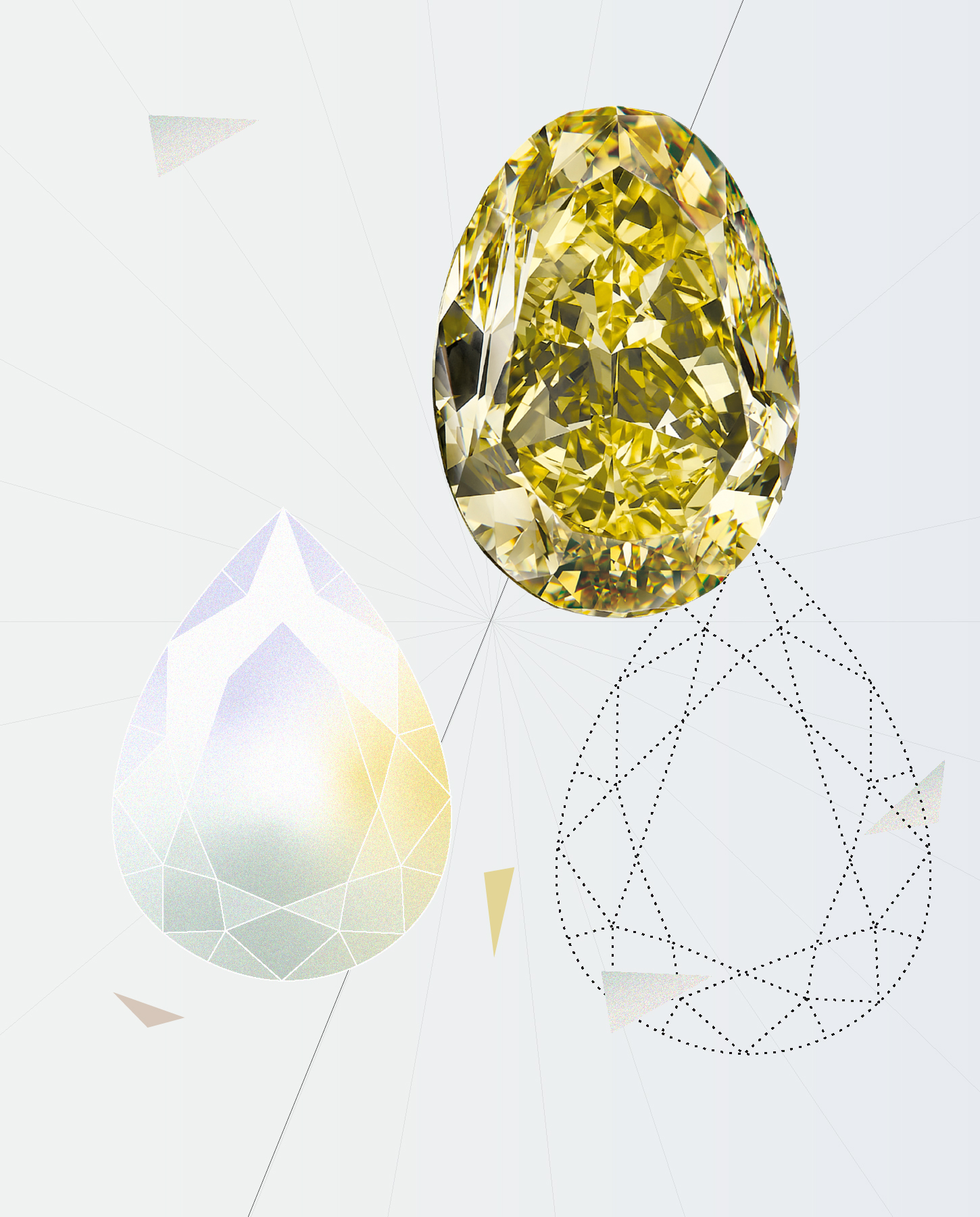
A pear-shaped diamond with a poor cut might have an uneven outline and could look disproportionate or poorly balanced. It may even have misaligned facets or an uneven distribution of weight, resulting in a less desirable appearance. In contrast, a pear-shaped diamond with an excellent cut will have perfect symmetry and proportions, and well-aligned facets that reflect light evenly, creating an attractive and fiery appearance.
As only one of the 4 Cs, the cut should not be your sole consideration, but also be weighed up alongside carat, clarity, and colour. Worth noting is that these too can play a role in your diamond’s ability to reflect light: brightness is boosted by a good colour grade, for example, while fire is enhanced by a good clarity grade. Selecting a diamond that has been graded by the GIA is one way to ensure that you have all the necessary information captured in one report, including an assessment of the 4Cs – Color, Clarity, Cut, and Carat Weight – along with a plotted diagram of the diamond’s clarity characteristics and a graphic representation of its proportions.
Although it’s a personal choice as to which diamond captures your heart, always remember that an excellent quality cut will reveal itself in the diamond’s ability to reflect, refract and disperse light – and ultimately to deliver the wow factor you seek.
ALL IMAGE COURTESY: MOUAWAD




